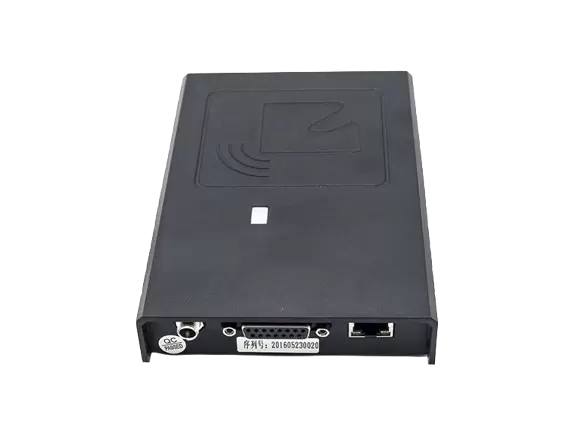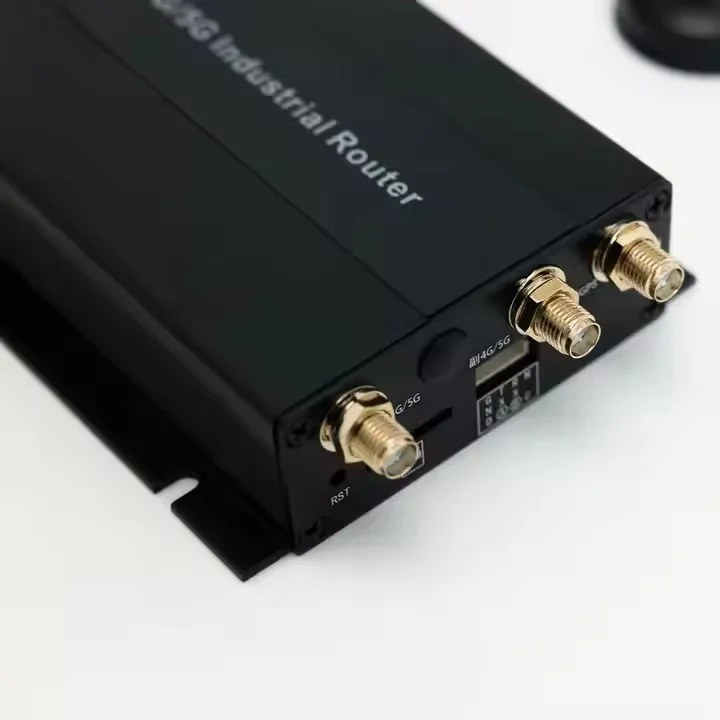In the world of automotive engineering, the Engine Control Unit (ECU) plays a pivotal role in managing various aspects of an engine's performance. One such critical function is controlling boost, which directly impacts an engine's power output and efficiency. In this blog post, we will delve into the intricate workings of an ECU and explore how it effectively regulates boost levels to optimize engine performance.
- Understanding Boost Control:
Boost control refers to the management of the intake manifold pressure, commonly known as boost pressure. It involves regulating the amount of air or air-fuel mixture entering the engine's cylinders, thereby enhancing power output. The ECU acts as the brain behind this process, continuously monitoring and adjusting various parameters to maintain optimal boost levels. - Sensor Inputs:
To accurately control boost, the ECU relies on inputs from several sensors strategically placed throughout the engine. These sensors include the manifold absolute pressure (MAP) sensor, intake air temperature sensor, throttle position sensor, and engine speed sensor. By constantly monitoring these inputs, the ECU can make precise adjustments to maintain the desired boost pressure. - Boost Control Solenoid:
The ECU utilizes a boost control solenoid to regulate the wastegate, which controls the flow of exhaust gases to the turbocharger. By adjusting the wastegate position, the ECU can effectively control the amount of exhaust gas bypassing the turbine, thereby regulating the boost pressure. The solenoid receives signals from the ECU, allowing it to open or close the wastegate as required. - Closed-Loop Boost Control:
Modern ECUs employ closed-loop boost control strategies to ensure precise regulation of boost pressure. This involves continuously comparing the desired boost level, as determined by the driver or engine management system, with the actual boost pressure measured by the MAP sensor. The ECU then adjusts the wastegate position through the boost control solenoid to maintain the desired boost level. - Boost Maps and Tuning:
ECUs feature boost maps, which are pre-programmed tables that dictate the desired boost levels based on various engine operating conditions. These maps consider factors such as engine speed, load, temperature, and throttle position. Additionally, tuners can modify these maps to optimize performance for specific applications, such as increasing boost for enhanced power output or reducing it for improved fuel efficiency.
Conclusion:
The ECU's role in controlling boost is crucial for achieving optimal engine performance. By utilizing sensor inputs, a boost control solenoid, and closed-loop strategies, the ECU ensures precise regulation of boost pressure. Understanding the intricacies of boost control allows automotive enthusiasts and professionals to fine-tune engine performance and unlock the full potential of their vehicles.






+ There are no comments
Add yours